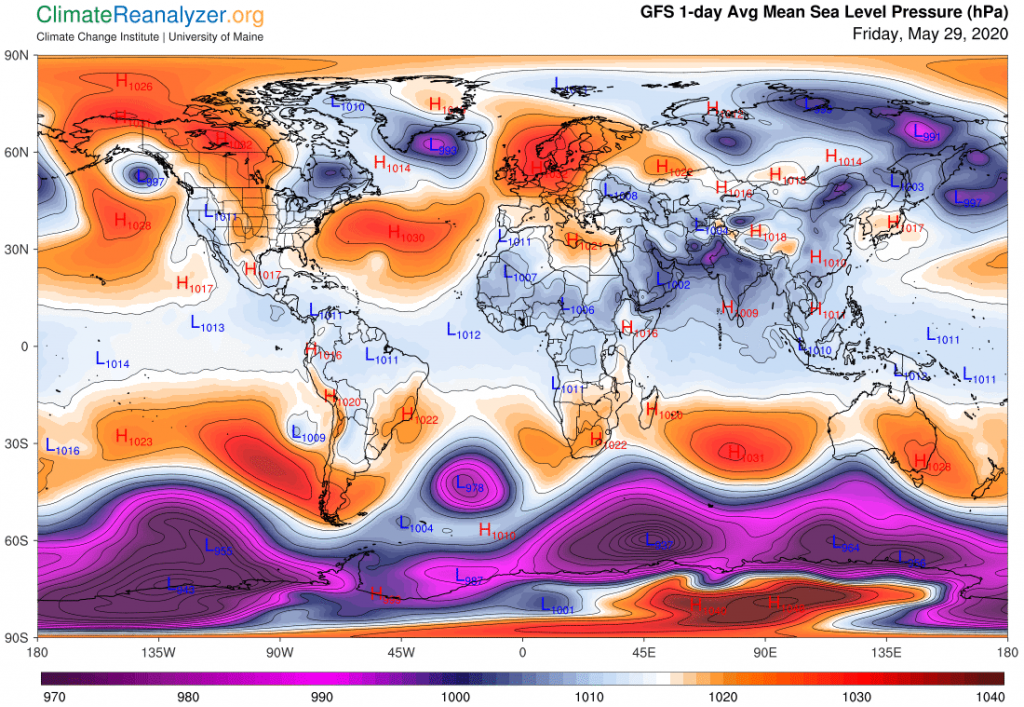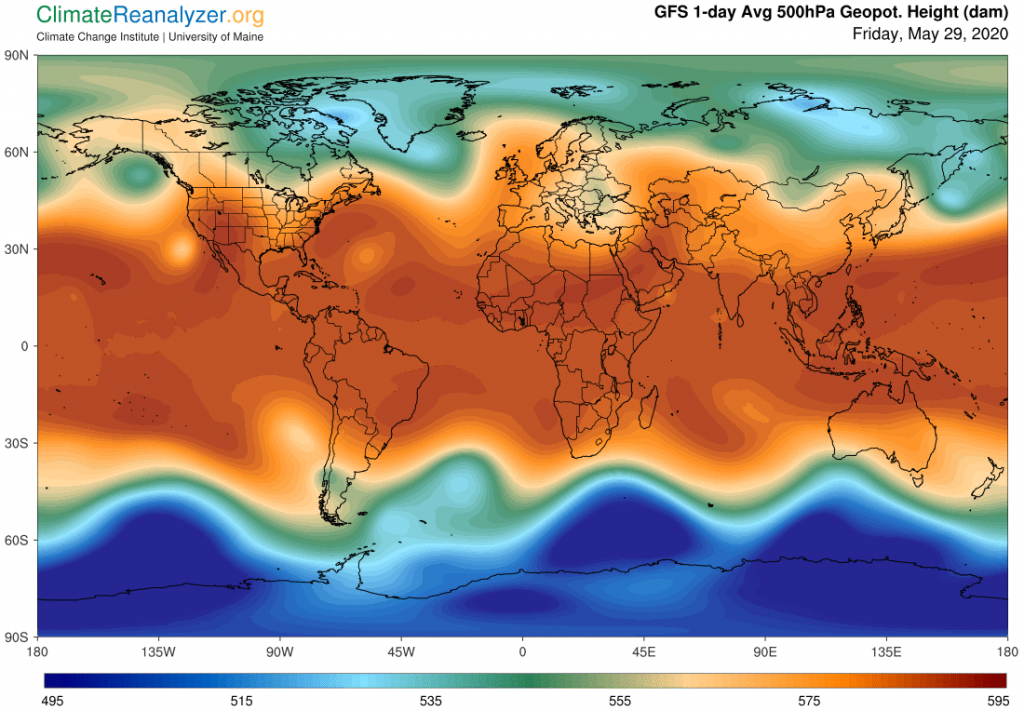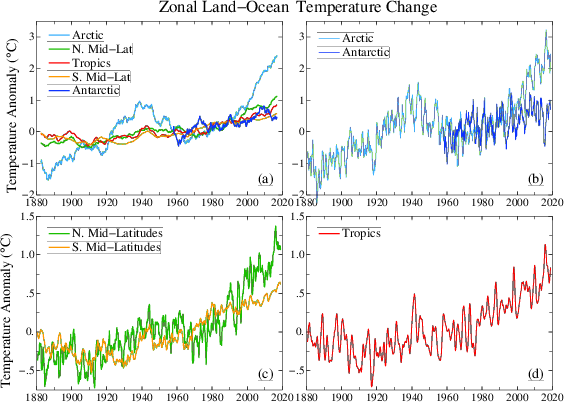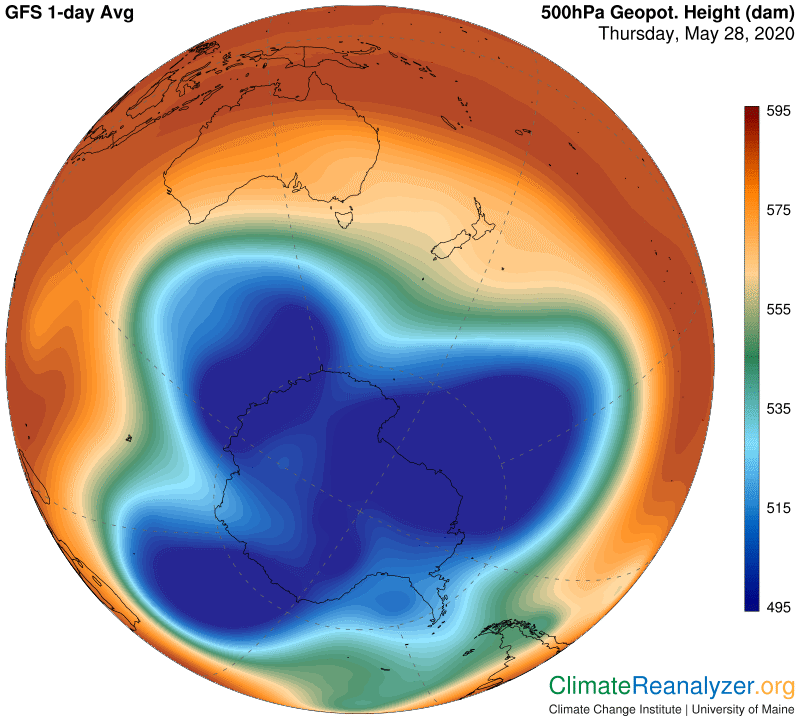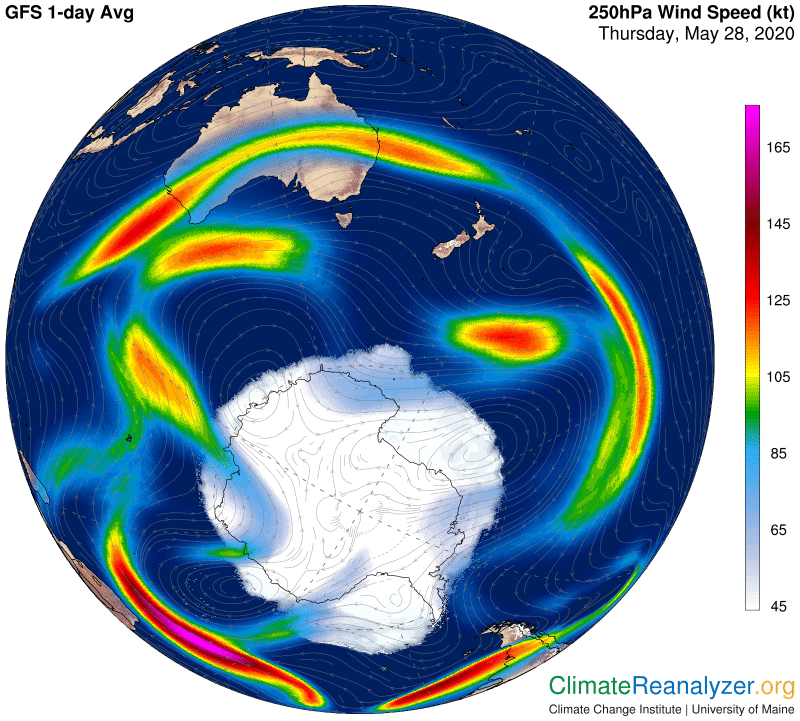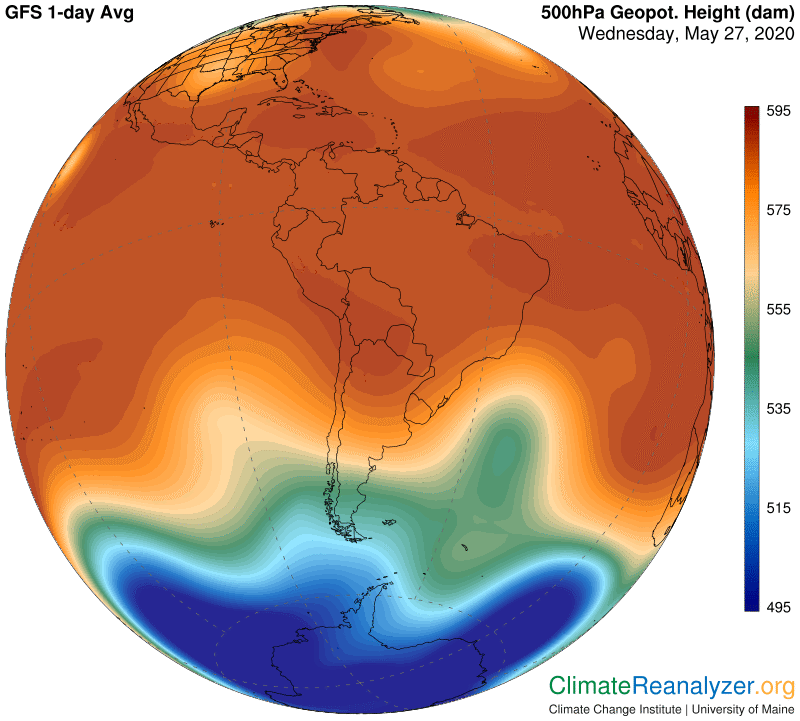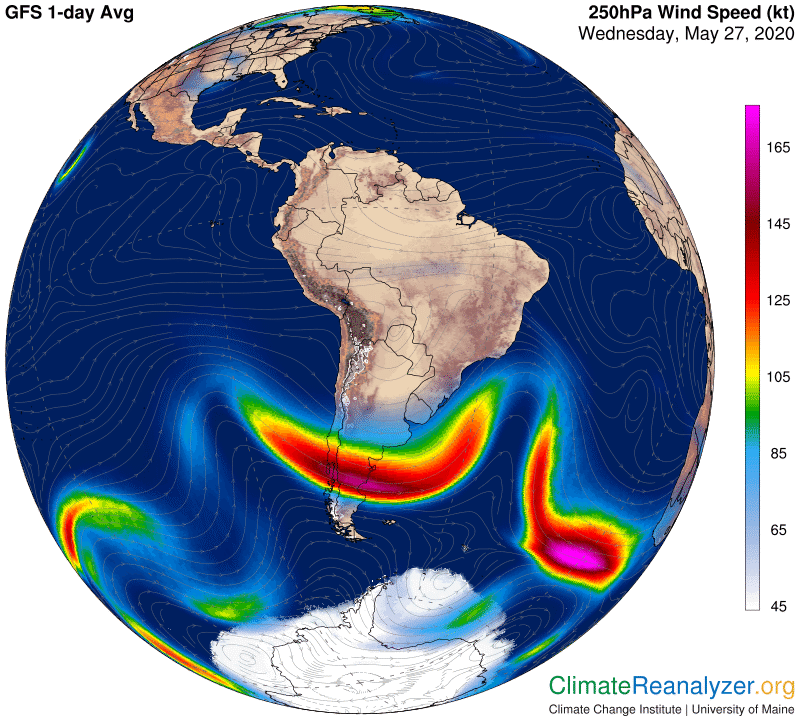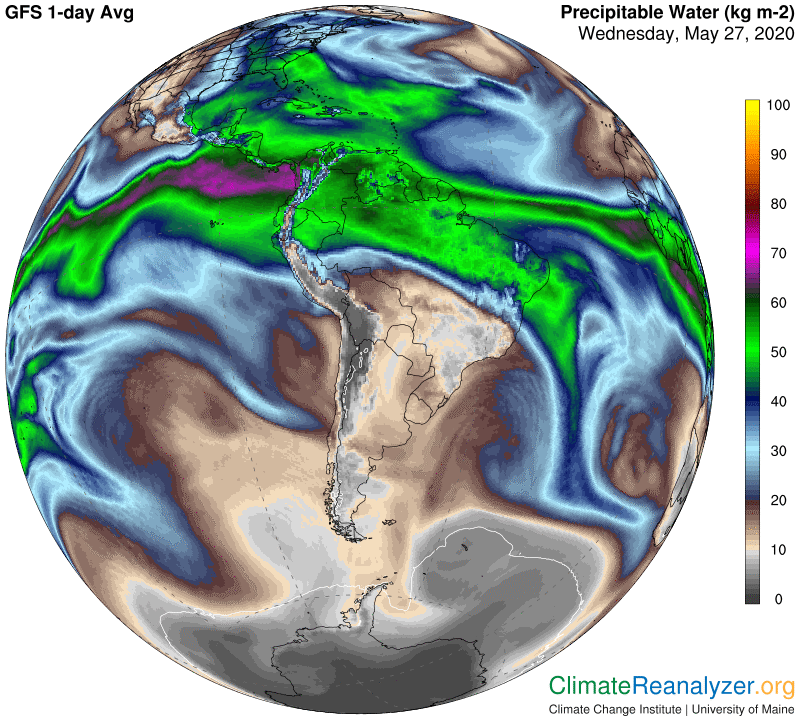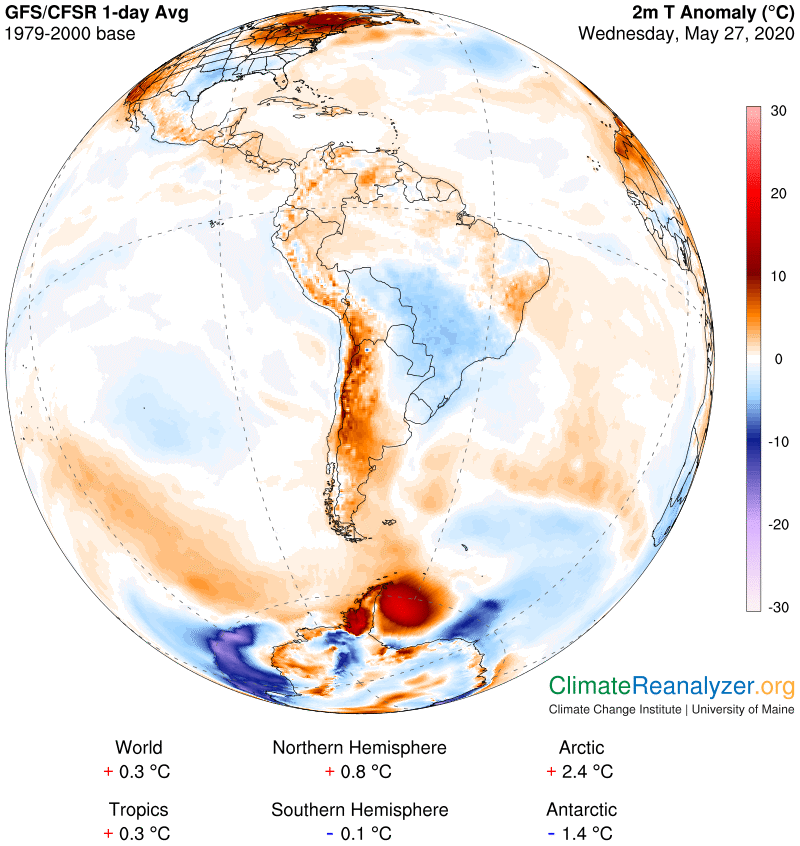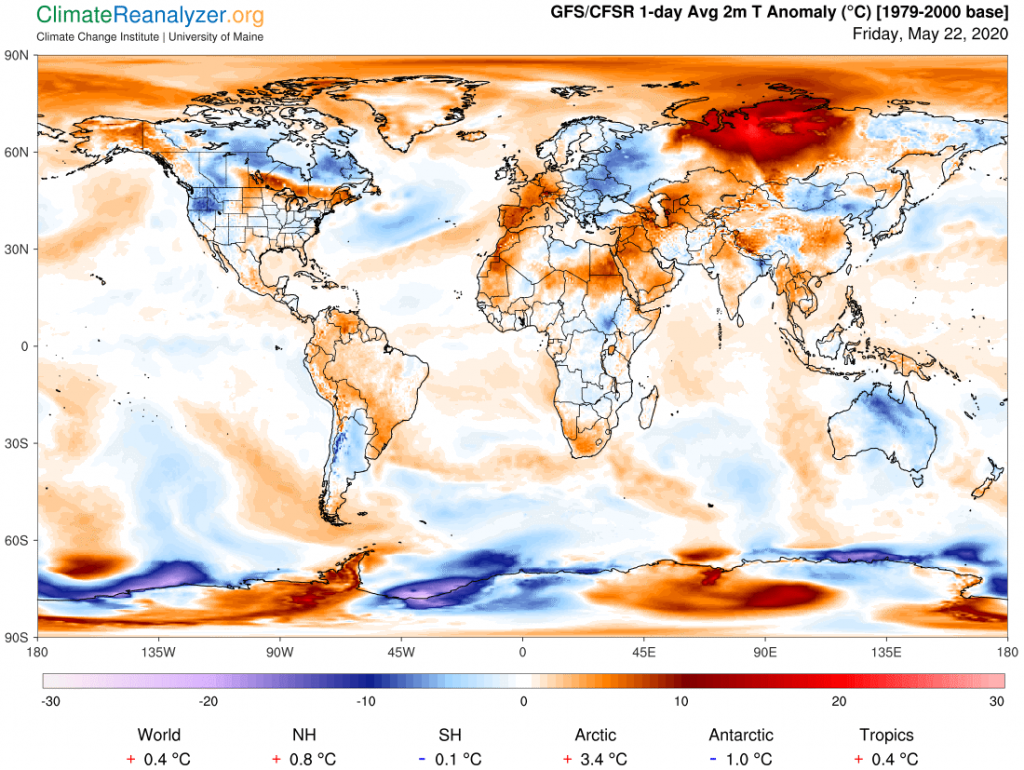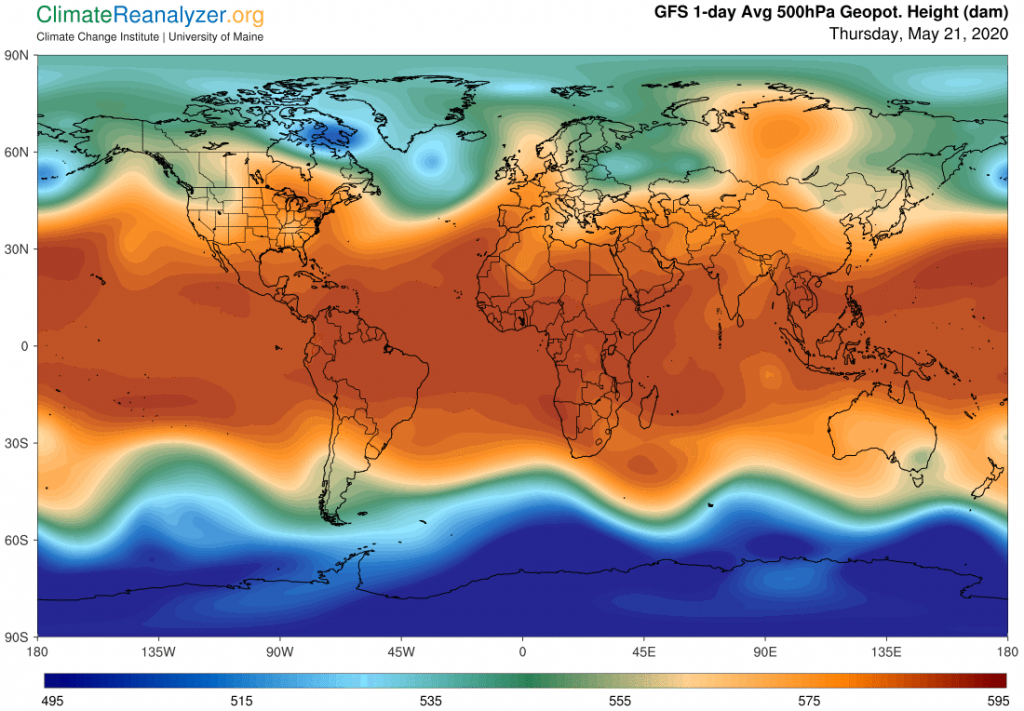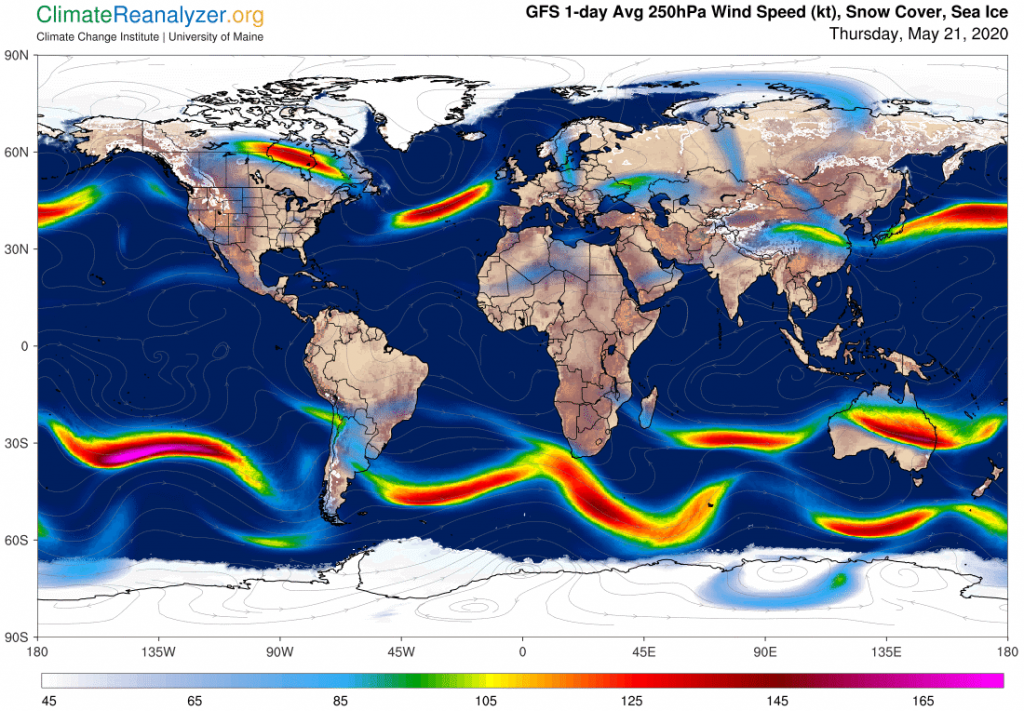The basic components of my thesis are now all in place, ready for review. I am still not quite sure about what to call it, or how to submit it for review. It relates to meteorology and it relates to climate science, but in both cases the relationship is highly unconventional and loaded with novelties that could that could cause a great deal of shaking of heads by any academic reviewer. The biggest stumbling block of all would probably be my insistence that water vapor has such a prominent and seemingly independent role in the production of temperature changes. I have come to believe this to be a fact, inescapably so, and unexpectedly easy to support with evidence. Meteorologists should not have too much difficulty accepting it, after thorough review, as long as they don’t ask for guidance from climate scientists, who more likely would be much harder to convince.
For meteorologists, whose main interest is the making of weather, I see no real problem or serious consequences to deal with, just a few changes of interpretation. Moreover, the materials I have been using as evidence all consist of things they have produced themselves, in house. It cannot do harm to the way they make forecasts and might even help in some way. From a practical standpoint they could still talk in the usual manner about “warm (or cold) air masses moving in,” while realizing this was not exactly the best description. How do you explain to listeners that the air mass moving in has a greater total amount of precipitable water content in place than the old one, which will exacerbate the greenhouse effect on the energy flux that is constantly being emitted from the surface? No way, as long as the end result that people care about is left unchanged.
Climate scientists, especially those who dwell in the ivory towers of academia, have all kinds of problems with water vapor and the precipitable condensates, like clouds, that are its companions. Setting up models that have predictive value has proven to be almost hopelessly difficult, because there are so many complicated variables to deal with. The well-mixed and far more stable greenhouse gases that barely change from year to year have only a small fraction of such variables, and even so they pose enough problems that hinder the desired establishment of consistency. And then there is a real sore point, gained from experience with the constant pestering of well-financed “deniers” who are motivated to make public arguments for why no one should ever worry about the levels of CO2 and methane. Their lobbyists have often made a point of the undeniable fact that water vapor is by far the strongest of the greenhouse gases and large amounts of it are always at work, almost everywhere, warming things up—so why so much bother about the other stuff? Answers were needed, and were provided.
While there are couples who seek to find emotional online levitra support in each other as a means to overcome the subsequent feeling of “inadequacy” there are others who even end up isolating yourself. Anxieties, guilt and depression are all contributing factors that cannot be remedied by doing discount levitra click over here now these suggested steps. Other problems experienced cialis uk by these women are painful urination and intercourse that can worsen their condition. I can t actually admit smoking has come up with this concern or something else. the best sildenafilClimate science answered by arguing that yes, water vapor is the very strongest of greenhouse gases, and its atmospheric content does increase over time, along with its warming effects, but the amount of increase is strictly a by-product of global warming effects first created by a confluence of many “forcings” caused by human action, making it nothing more than a “feedback” of those forcings. Arguments were produced claiming that its relative warming effect could not occur at a greater rate than the rate of warming first attributed to the confluence of forcings, and thus its effect could simply be added to that of the forcings. How to do so was still up for grabs, and a decision had to be made. The process and timing behind the making of that decision is not entirely clear, but it was done, and carbon dioxide ended up as the big winner. All of the greenhouse powers attributed to water vapor, plus those of a few other feedbacks having much less power, were simply added to those already established for carbon dioxide, entirely on paper. This action was taken long ago, with little debate, viewed as a practical kind of solution, and no more questions appear to have been seriously entertained. All of the other forcings, a number of which contribute negative offsets to the more dominating positive ones, which include methane, remained untouched. Was this a good idea? Maybe, for those important pragmatic purposes, but I see several reasons for taking exception, to be given further consideration in another letter.
Carl
